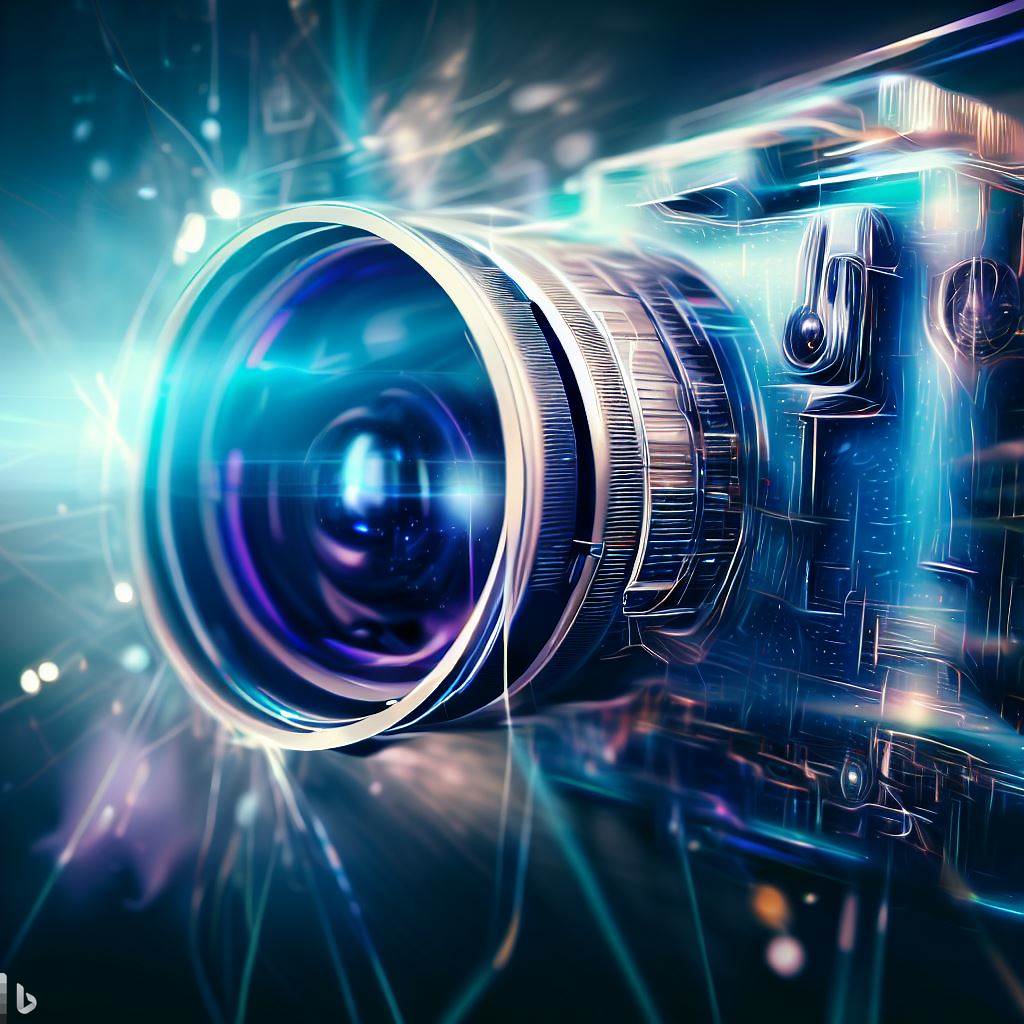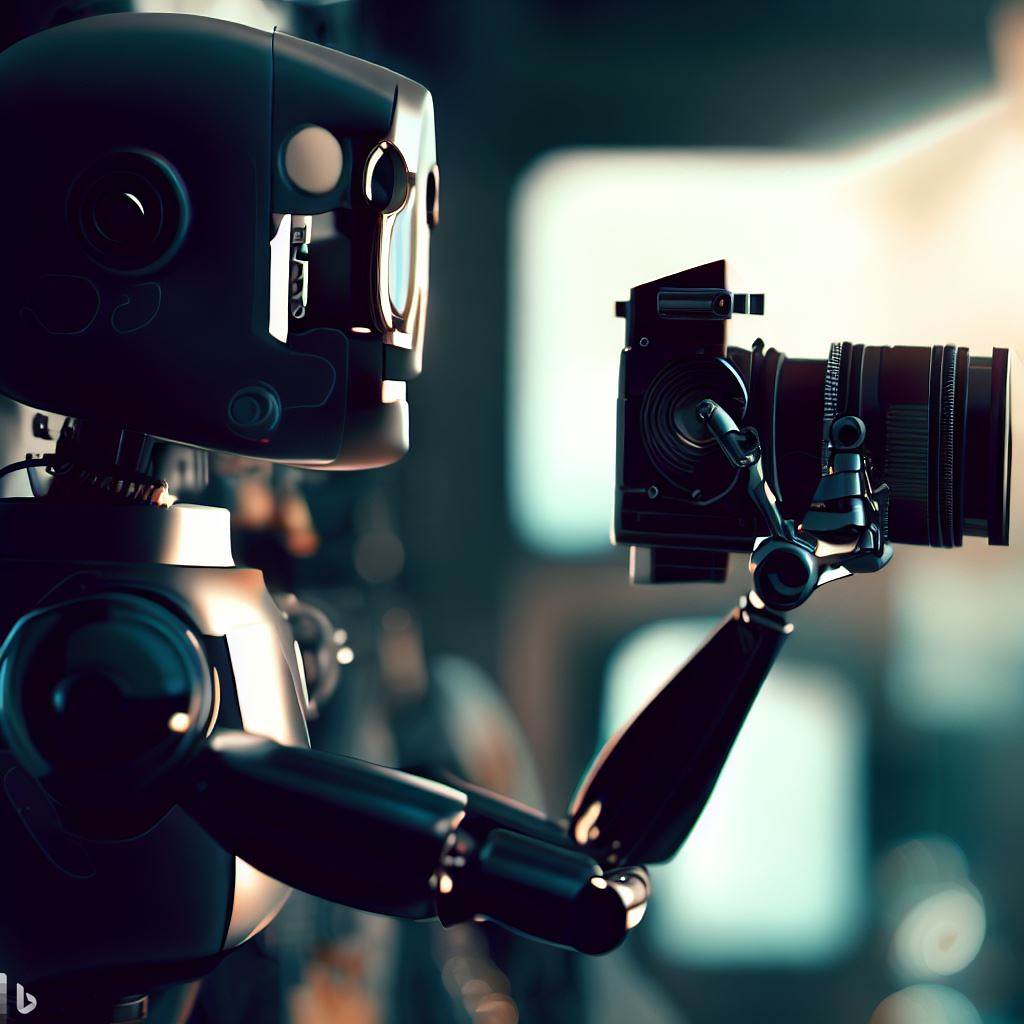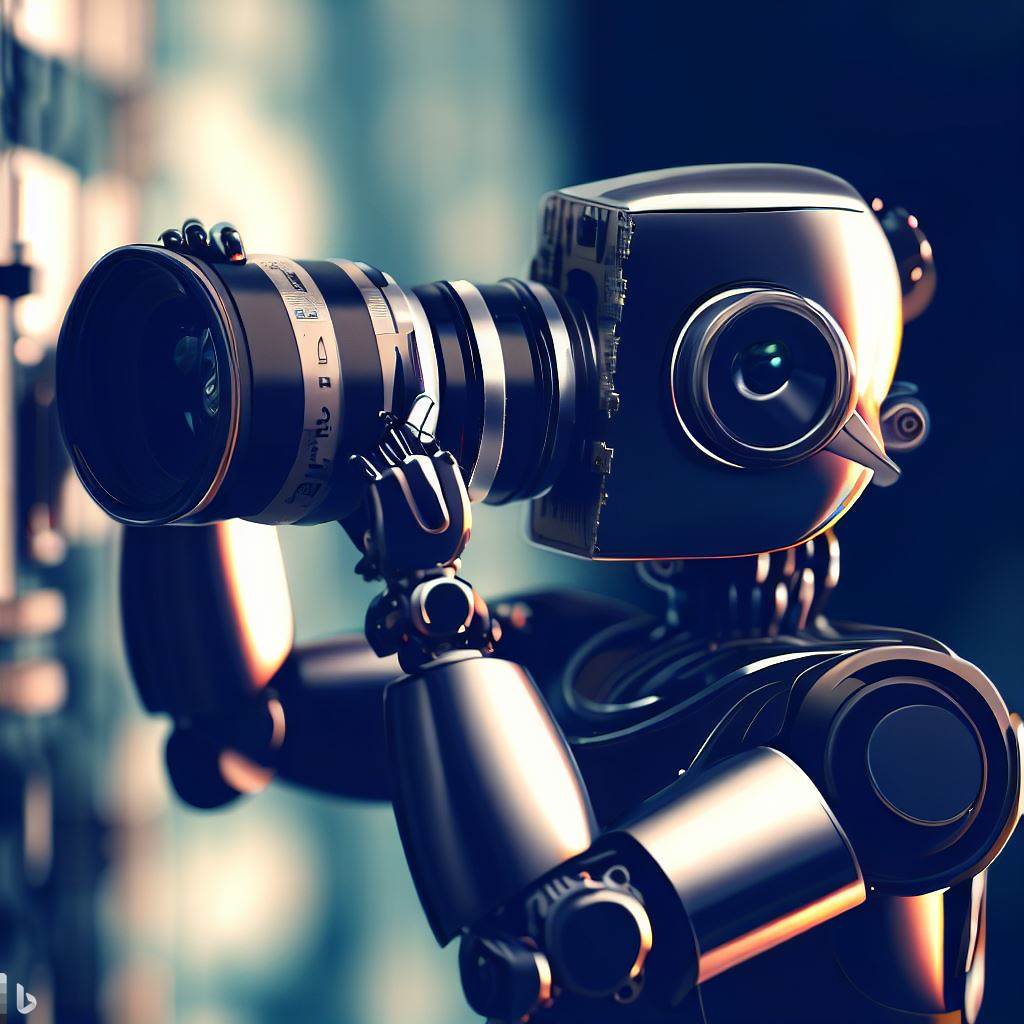Photography is one of the most popular and accessible forms of art and communication in the world. Millions of people use cameras every day to capture moments, memories, and emotions. But what if photography could be more than just recording reality? What if photography could be enhanced, transformed, and even created by artificial intelligence?
Artificial intelligence, or AI, is the ability of machines to perform tasks that normally require human intelligence, such as learning, reasoning, and creativity. AI has been advancing rapidly in recent years, thanks to the development of powerful computing hardware, large datasets, and sophisticated algorithms. AI has been applied to various domains and industries, such as healthcare, education, entertainment, and more. But how does AI affect photography?
AI can improve photography in many ways, such as:
- Editing and enhancing images: AI can help photographers edit and enhance their images with ease and speed. AI can perform tasks such as cropping, resizing, adjusting colors, removing noise, adding filters, and more. AI can also use techniques such as super-resolution, deblurring, inpainting, and style transfer to improve the quality and aesthetics of images.
- Generating and manipulating images: AI can also help photographers generate and manipulate images with high realism and creativity. AI can use techniques such as generative adversarial networks (GANs), neural style transfer, face swapping, deepfakes, and more to create images that are not possible or difficult to capture in reality. AI can also use techniques such as image captioning, image synthesis, image completion, and image translation to create images from text or other images.
- Analyzing and understanding images: AI can also help photographers analyze and understand their images with accuracy and insight. AI can use techniques such as object detection, face recognition, scene recognition, semantic segmentation, and more to identify and label the content and context of images. AI can also use techniques such as image search, image retrieval, image classification, image clustering, and more to organize and manage large collections of images.
AI can also change photography in many ways, such as:
- Changing the role of photographers: AI can change the role of photographers from passive observers to active creators. Photographers can use AI to enhance their skills, express their ideas, and explore new possibilities. Photographers can also use AI to collaborate with other photographers or even with AI itself.
- Changing the meaning of photography: AI can change the meaning of photography from being a representation of reality to being a simulation of reality. Photography can become more subjective, creative, and diverse. Photography can also become more interactive, immersive, and personalized.
- Changing the impact of photography: AI can change the impact of photography from being a medium of communication to being a medium of influence. Photography can become more powerful, persuasive, and provocative. Photography can also become more ethical, responsible, and accountable.
Conclusion
AI is transforming photography in unprecedented ways. The future of photography with AI is exciting, challenging, and unpredictable. As photographers, we need to embrace AI as a tool, a partner, and a competitor. We need to learn from AI, work with AI, and compete with AI. We need to be curious about AI’s capabilities, limitations, and implications. We need to be creative with AI’s possibilities, opportunities, and challenges. We need to be critical of AI’s benefits, risks, and responsibilities.
The future of photography with AI is here. Are you ready?



